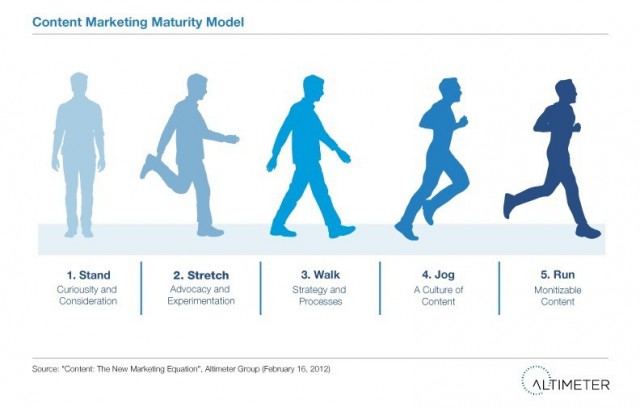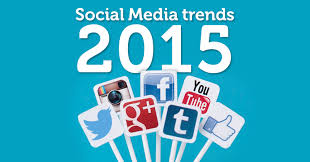Drones are a fast growing technology that is predicted to make an impact in the delivery of digital marketing in 2016. Drones or camera equipped unmanned aerial vehicles (UAVs) are becoming the creative martketer’s must-have ‘digital’ gadget, here’s why.
For sectors like, commercial property development, food production, the arts, conservation and weather monitoring, it has potential to significantly change the way we promote and market products and services in the future.
Top 10 facts about drones and their digital marketing potential
1. How drones are changing delivery – drones are changing the way we can capture memorable events such as securing unique vantage points for weddings, filming sporting events from the air or even supporting journalists report news in smart, fast television packages.
2. What digital services – drones can be used for creative photography, aerial surveying for the web, capturing competitive intelligence about infrastructure and on-site facilities, or micro video services to communicate personal greeting or brand messages.
3. Financial benefits – investment in a drone can save you money, no longer do you need to hire a helicopter; drones can go slower and lower to make aerial videography and photography readily accessible on a tight budget.
4. Future capabilities – drones are said to be able conduct detailed structural examinations, 3D modelling and thermal imaging and remember drones have the flexibility to be used for both indoor and outdoor footage.
5. Good value features – in 2016 drones have better video quality, longer flight times and lower price tags, new UAA are faster, safer and making them more economical and commercially viable.
6. Drone figures – in 2015, world sales hit 4.3 million, worth about $1.7 billion, annual sales of drones are tipped to reach 120,000 in the US by 2020 and by using them for services like low altitude banner advertising can help make it a feasible, visible return on investment
7. Regulation – the Civil Aviation Authority (CAA) in the UK have strict limitations, air space rules must be checked and abided by particularly for resort or hotel advertising showcasing high-end tourism property or golf courses.
8. Social media integration – Facebook has dedicated a new department called the Connectivity Lab, focusing their efforts towards developing aerial tech and widens its reach.
9. Optimise digital channels – you can consider building a YouTube channel to showcase your video footage and aerial imagery; drones are currently popular among Youtubers, particularly for sharing dare devil videos.
10. Make money – via YouTube, you can promote your products and drive traffic to an online store or website and sell in-video advertising and product placement through enrolling in the YouTube advertising partner programme.
So if you are considering investing in a drone to make money consider how you can add value in a smarter, faster, quicker way to make it a truly economic game changer for your business. It is imperative that you do check safety issues for marketing briefs that might cause injury and be mindful of the regulatory issues about restricted airspace.
Share your drone thoughts as a digital trends for 2016 below or on Twitter.











